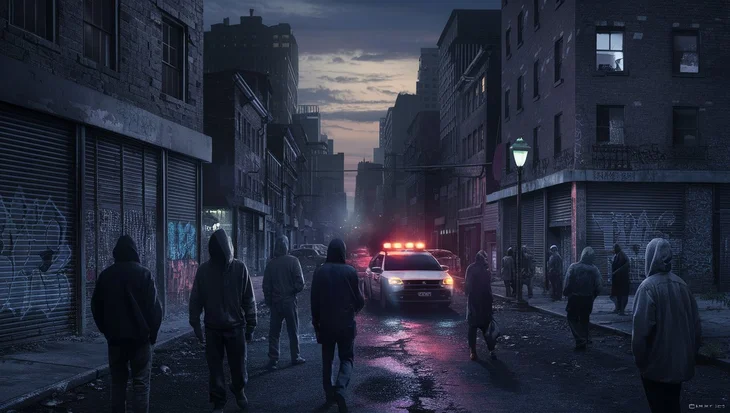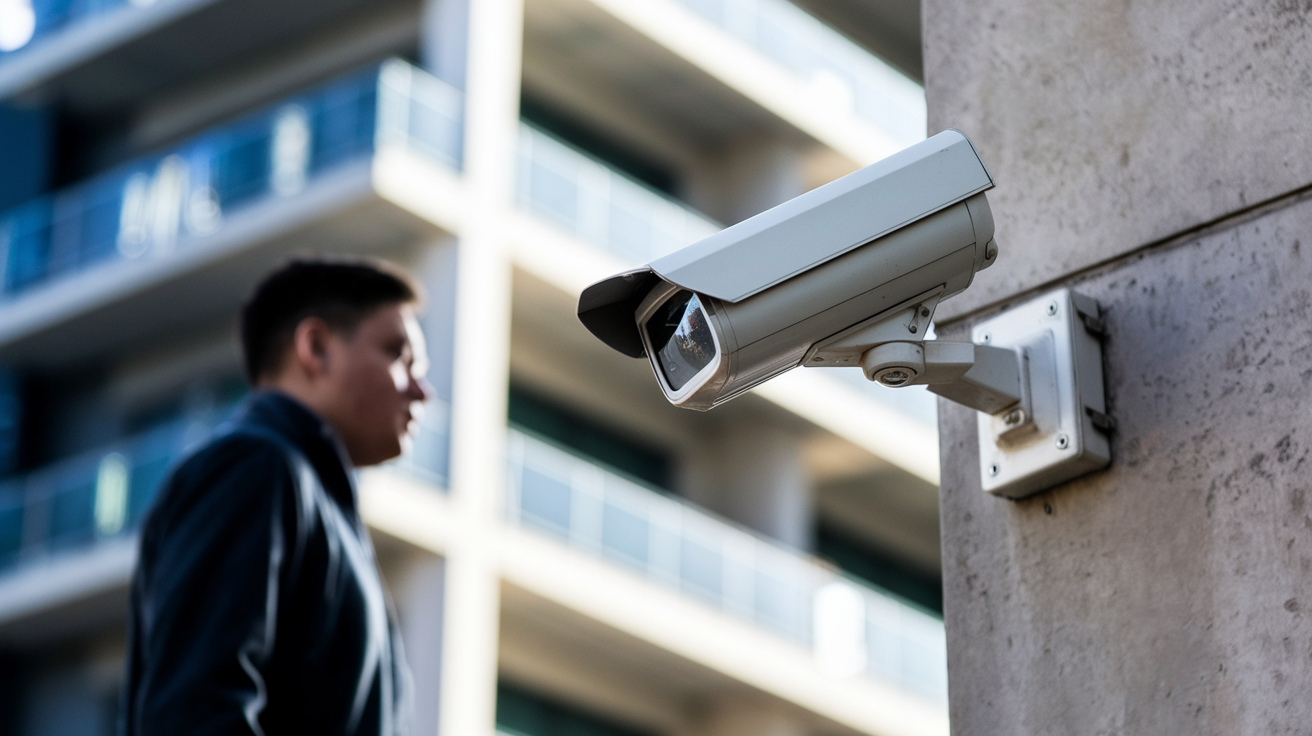
Living in a bad neighborhood can significantly impact your quality of life. It's essential to recognize the signs early to ensure your safety and well-being. Here, we outline the top 26 indicators that you might be residing in a less-than-ideal area.
1. High Crime Rates
Crime statistics are often the most telling sign of a bad neighborhood. Frequent reports of burglaries, assaults, and vandalism can indicate a problematic area. Check local crime maps and speak with local law enforcement to get a clearer picture.
2. Presence of Gang Activity
Graffiti tags, gang signs, and frequent altercations are red flags. Gang activity not only jeopardizes safety but also diminishes the overall community environment.
3. Poorly Maintained Properties
Neglected homes and buildings with overgrown lawns, broken windows, and peeling paint suggest a lack of community pride and economic investment.
4. Abandoned Buildings
A high number of vacant or abandoned properties can indicate economic decline. These structures can become hotspots for illegal activities and pose safety hazards.
5. Lack of Community Services
Limited access to essential services such as police stations, fire departments, and medical facilities can be a significant concern. Adequate community services are crucial for maintaining a safe environment.
6. Poor Educational Institutions
Schools with low performance ratings and high dropout rates can be indicative of broader community issues. Poor education systems often correlate with higher crime rates and lower property values.
7. High Unemployment Rates
Areas with high unemployment often experience more crime and economic instability. Look at local employment statistics to gauge the economic health of the neighborhood.
8. Low Property Values
Consistently low or declining property values can be a warning sign. Real estate trends often reflect the desirability and safety of an area.
9. Visible Drug Activity
Seeing frequent drug deals or finding paraphernalia like needles and syringes are clear signs of drug problems in the area. This activity poses significant safety risks.
10. Frequent Police Presence
While some police presence is necessary, a high concentration of police activity can indicate chronic crime issues. This often reflects underlying problems in the neighborhood.
11. Inadequate Street Lighting
Poor or insufficient street lighting can contribute to higher crime rates and a general sense of insecurity. Well-lit streets are crucial for public safety.
12. Unclean Public Spaces
Parks and public areas littered with trash, graffiti, and vandalism indicate a lack of community care and resources. Clean public spaces are essential for a healthy community.
13. High Noise Levels
Excessive noise from traffic, construction, or disruptive neighbors can affect your peace and quality of life. Persistent noise pollution is often found in less desirable areas.
14. Overcrowded Housing
Areas with a high density of residents often experience more noise, crime, and general wear on infrastructure. Overcrowding can also strain community resources.
15. Poor Air Quality
Industrial pollution or heavy traffic can lead to poor air quality. This not only affects health but also indicates a lack of environmental regulations and oversight.
16. Limited Access to Healthy Food
A lack of grocery stores or markets selling fresh produce can create food deserts, which negatively impact community health. Convenience stores and fast food chains often dominate these areas.
17. High Turnover Rates
Frequent movement of residents in and out of the neighborhood can signify instability and a lack of community cohesion. Stable neighborhoods tend to have long-term residents who care about their surroundings.
18. Presence of Homeless Encampments
While homelessness is a broader social issue, large encampments can indicate deeper economic and social problems within the neighborhood.
19. Low Levels of Home Ownership
High numbers of rental properties compared to owner-occupied homes can suggest a transient population and lower community investment.
20. Stray Animals
A noticeable presence of stray animals, such as dogs and cats, can indicate neglect and lack of animal control services.
21. Few Recreational Opportunities
Limited parks, sports facilities, and community centers reduce opportunities for healthy, social activities, leading to a diminished quality of life.
22. Poor Public Transportation
Inadequate or unreliable public transportation options can isolate residents and limit access to jobs, education, and essential services.
23. Lack of Green Spaces
A dearth of parks, gardens, and other green spaces can affect mental health and community well-being. Green spaces are vital for recreation and relaxation.
24. Frequent Traffic Accidents
High rates of traffic accidents can indicate poor road conditions or dangerous driving behaviors, compromising safety.
25. High Insurance Premiums
Insurance companies often charge higher premiums in areas with high crime rates or poor infrastructure. This can be a financial burden for residents.
26. Negative Community Reputation
A bad reputation can be self-reinforcing, deterring investment and new residents. Pay attention to how people outside the community view the neighborhood.
Conclusion
Living in a bad neighborhood can significantly impact your quality of life. Common signs include frequent criminal activity, such as vandalism, theft, or gang presence. Poorly maintained properties, litter, and graffiti are visual indicators of neglect. Limited access to essential services, like quality schools, healthcare, and grocery stores, can exacerbate the situation. Unsafe public spaces, lack of community engagement, and visible signs of substance abuse further contribute to an unsettling environment. High noise levels, stray animals, and aggressive behavior among residents are also red flags. Additionally, an absence of positive community activities and low police presence can make the area feel unsafe.
Don’t wait until it’s too late. Call 888-805-5456 to upgrade your home security.






